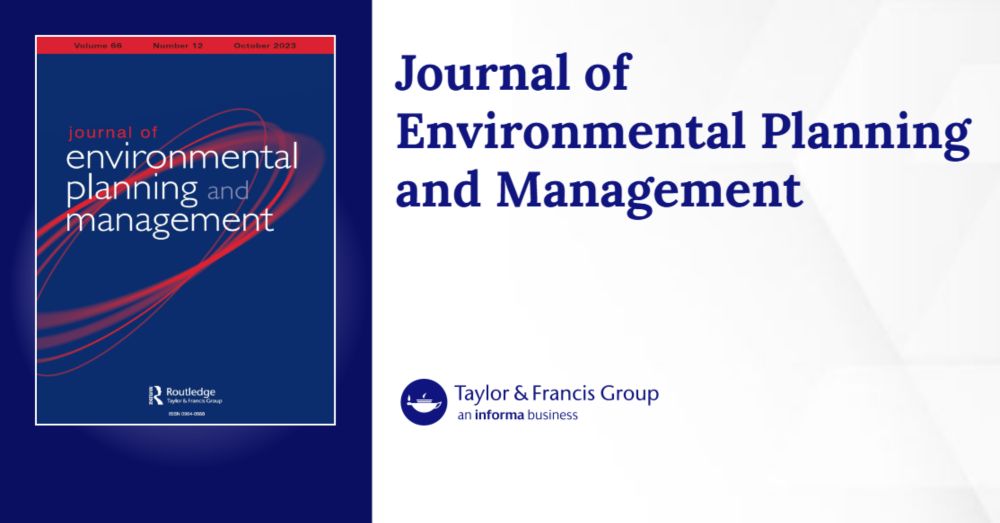by Jeremy T. Kerr — Reposted by: Martin Jung
www.theglobeandmail.com/world/articl... 🧪

by Martin Jung
Spencer et al. Opportunity cost estimates for spatial conservation prioritisation across terrestrial Europe. Sci Data 12, 1583 (2025). doi.org/10.1038/s415...

Reposted by: Martin Jung
link.springer.com/article/10.1...
🌍 🧪 🦤 #Ornithology

by Martin Jung
We used multi-taxon data to model virtual forest landscapes.
Forest withdrawn from timber harvesting are needed in a much higher share than they currently are in Europe, and extensive forests contribute less than expected to multi-taxon diversity.
www.pnas.org/doi/10.1073/...

Reposted by: Martin Jung
-IPBES #NexusAssessment Report
Want to know more? Check the Summary for Policymakers already available in English: https://www.ipbes.net/nexus/media-release

Reposted by: Martin Jung, Ricardo Rocha

by Martin Jung — Reposted by: Karen R. Lips
iiasa.ac.at/news/sep-202...

rdcu.be/eEcIt

Reposted by: Martin Jung, Juan Cole
Google's has run 39 Israeli government-paid-for ads on its platforms in the UK alone, trying to discredit reports on the Zionist's genocide in Gaza
www.thecanary.co/global/world...

by Martin Jung
doi.org/10.1016/j.ec...
by Martin Jung
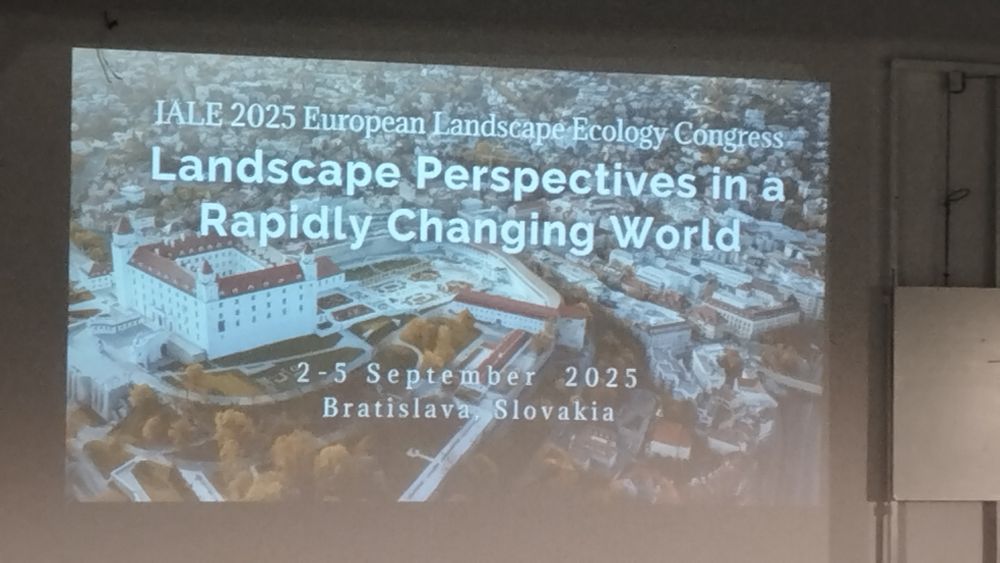
Reposted by: Martin Jung, Richard D. Gregory, Jane K. Hill
Lot 1 is top-quality chalk downland bursting with wildflowers & butterflies - orchids, skippers… going for £950k. It absolutely needs to be preserved. Hope the NT or similar can buy
wdcdn.co/media/pdf/0f... wdcdn.co/media/pdf/0f...

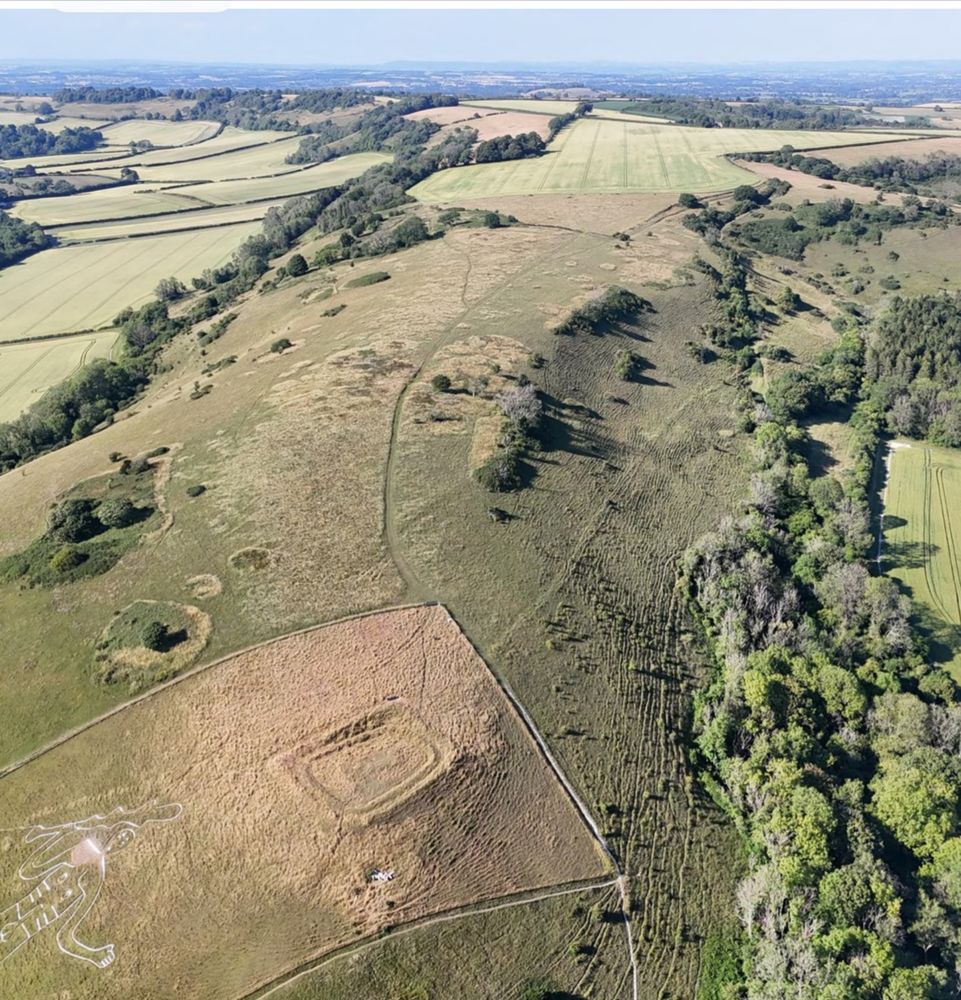
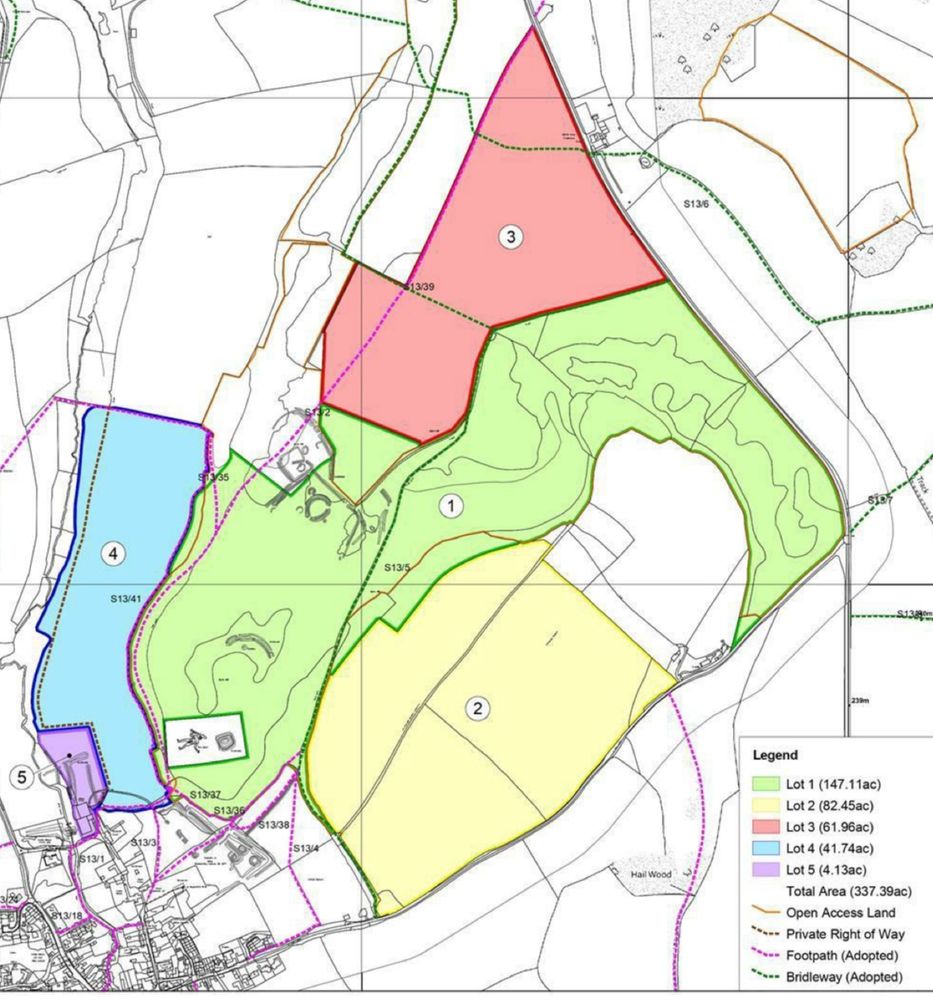
Reposted by: Martin Jung
Authors introduce GECOT, an open-source command line tool for solving budget-constrained multispecies landscape connectivity optimization problems when measuring landscape connectivity with the probability of connectivity indicator 👇
buff.ly/uWrazth
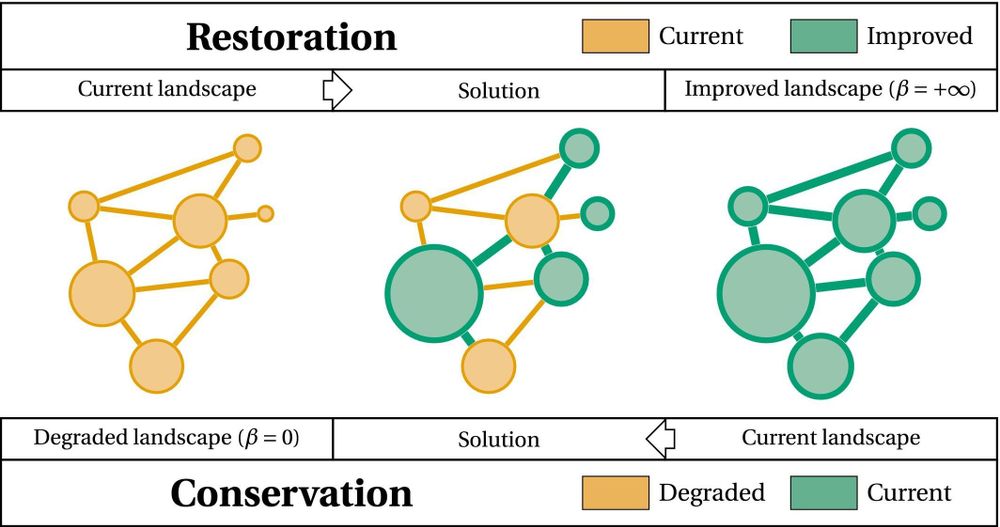
Reposted by: Martin Jung, Brian J. Enquist
onlinelibrary.wiley.com/doi/10.1111/...
Reposted by: Martin Jung
Reposted by: Martin Jung

Reposted by: Martin Jung
Quite useful for baseline setting and #conservation-planning.
"Conservation targets for European terrestrial mammals using the favourable conservation status concept." doi.org/10.1038/s415...

Reposted by: Martin Jung, Yadvinder Malhi, Simon L. Lewis , and 1 more Martin Jung, Yadvinder Malhi, Simon L. Lewis, Mathias Disney
🌍🧑🌾🌽🌎🌴🐬🌏🚵♀️🍄🌐👍
An Aspirational Approach to Planetary Futures @nature.com.web.brid.gy
www.nature.com/articles/s41...
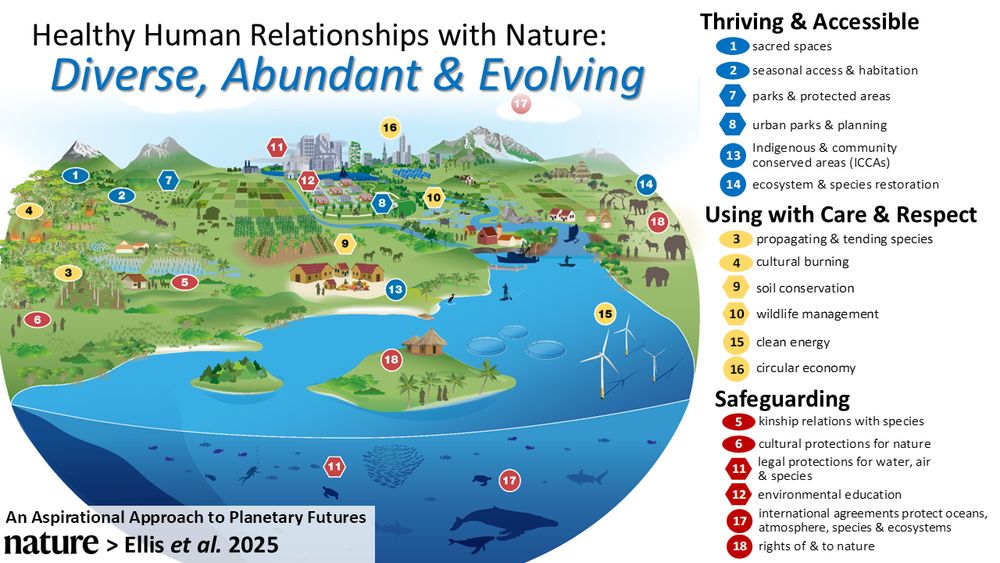
by Martin Jung
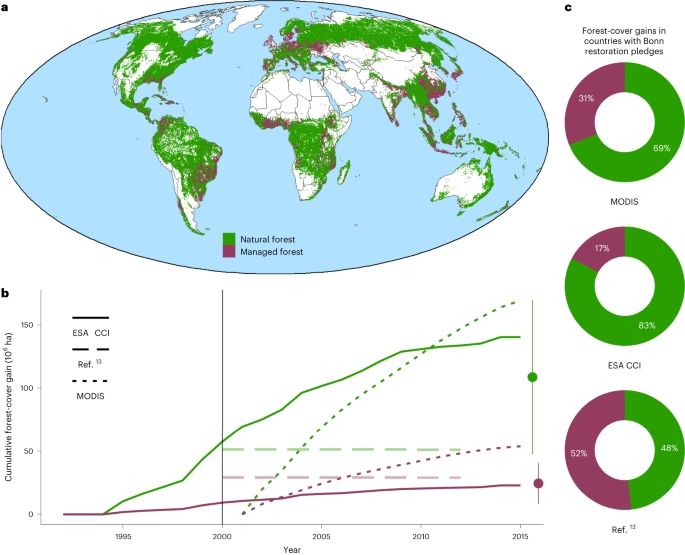
by Martin Jung
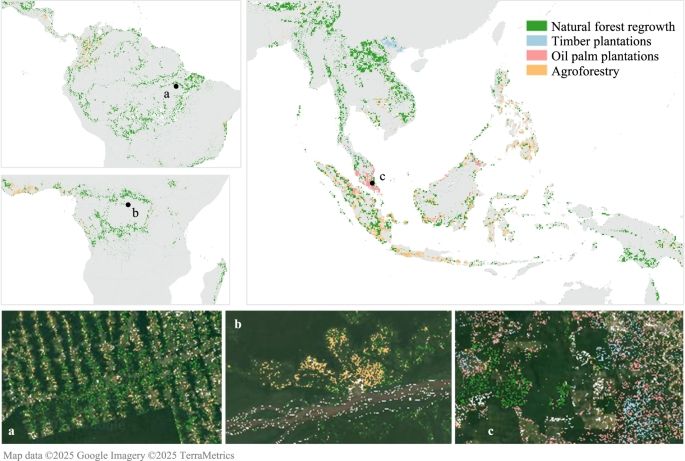
by Martin Jung
Reviewing and benchmarking ecological modelling practices in the context of land use
doi.org/10.1002/ecog...
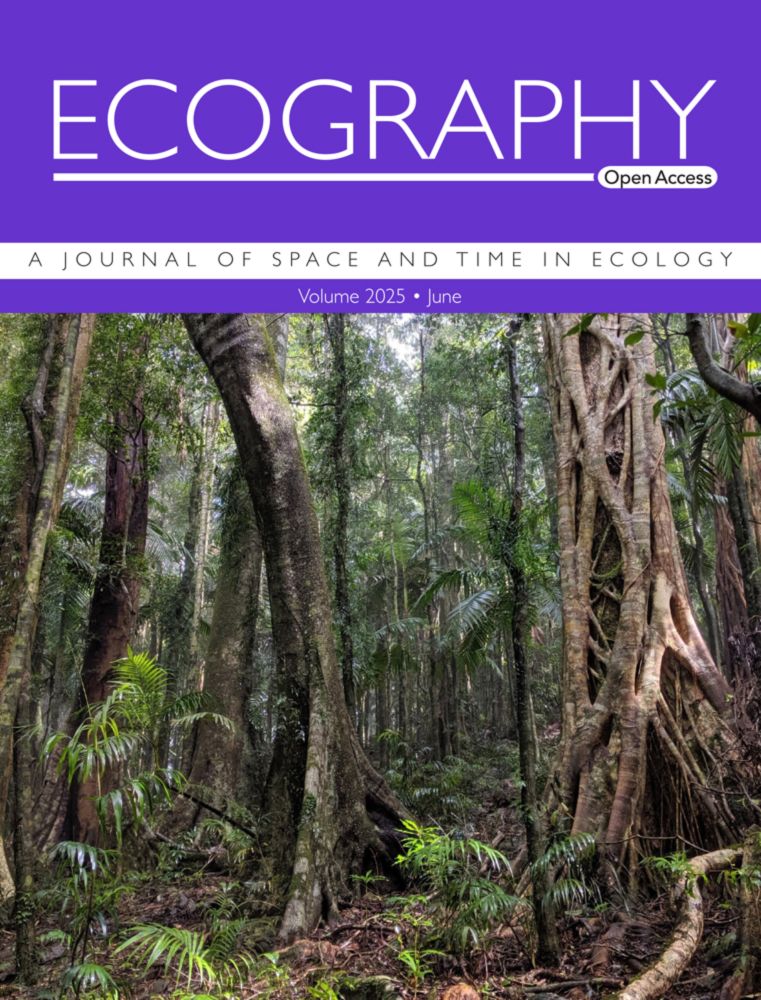
by Martin Jung
by Martin Jung
Lastly, I thank my wonderful co-authors and people trying to make conservation planning more accessible and understandable. @naturaconnect.bsky.social (6)
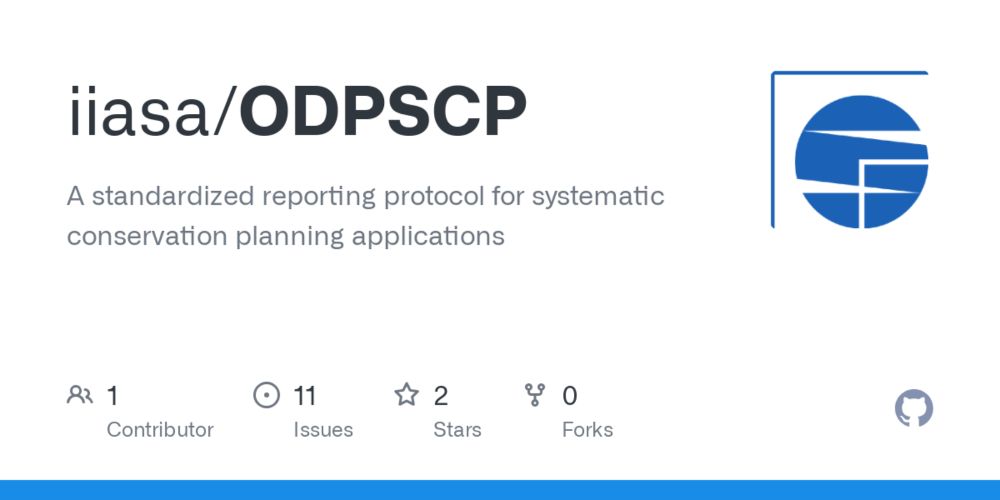
by Martin Jung
by Martin Jung
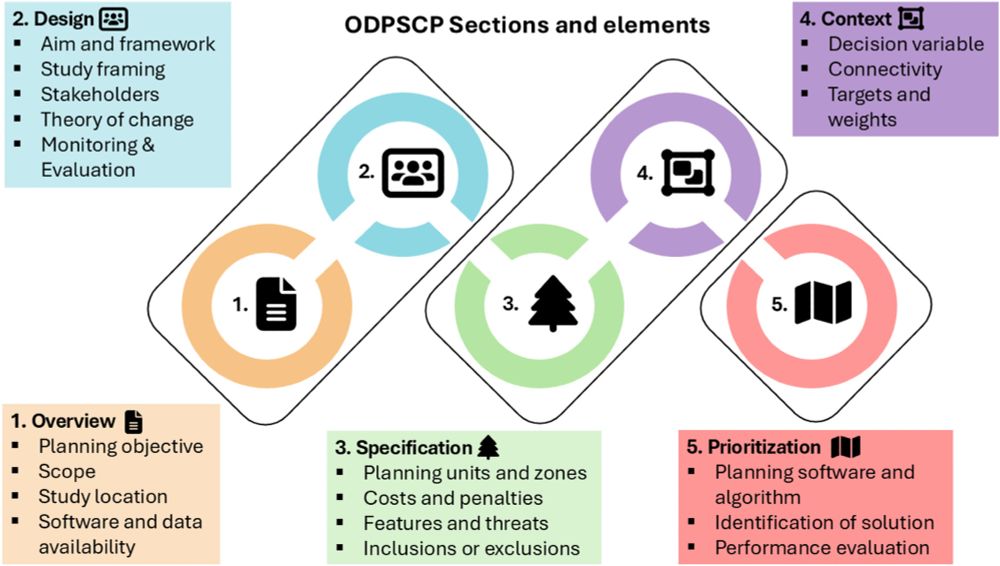
by Martin Jung
by Martin Jung
by Martin Jung — Reposted by: Virgilio Hermoso, Ana Nuño
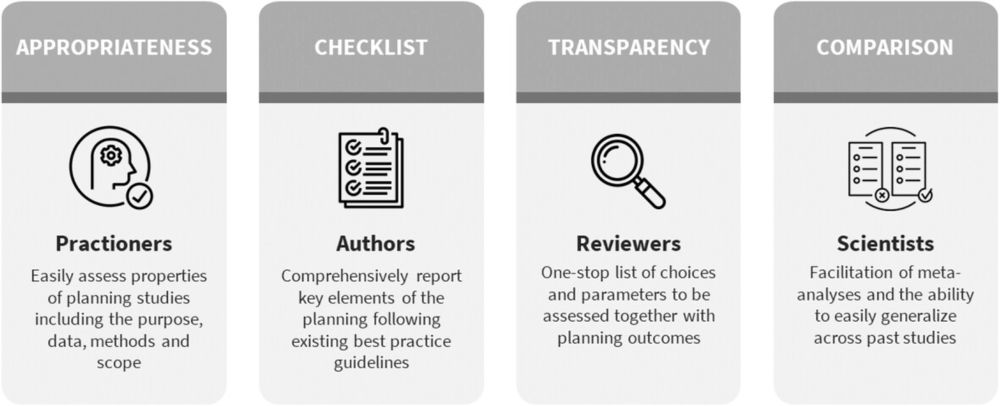
by Martin Jung — Reposted by: Daniel Müller
Land of opportunities: aligning organic farming and conservation targets in Europe
doi.org/10.1080/0964...
